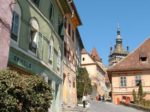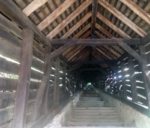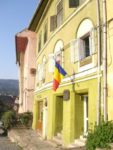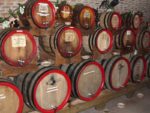5 Reasons We Love Sighisoara, Romania: Transylvania in Photos
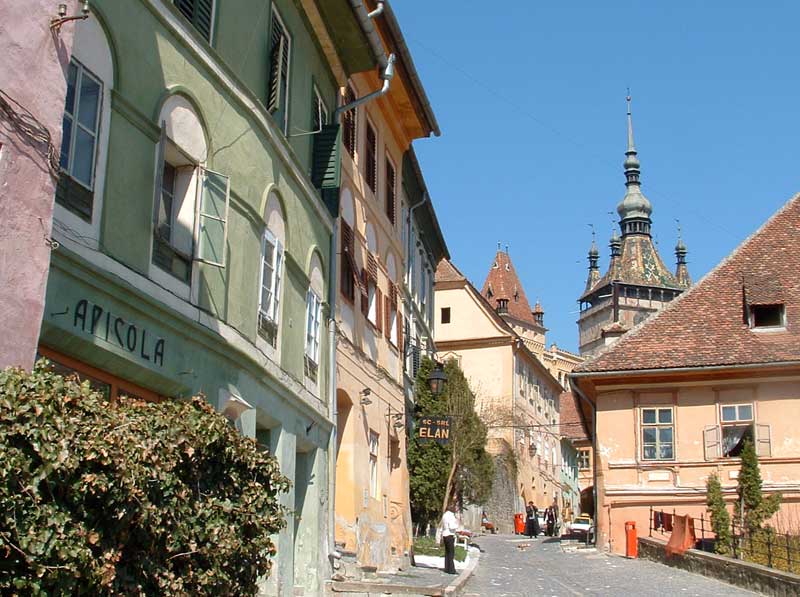
Romania‘s Transylvania region is the land of vampires, right? Well, no, not really.
The word means nothing more sinister than “between forested areas,” and refers to the historical region enclosed within the backwards “C” stamped across Romania by the wooded Carpathians. Sighisoara was founded in the Middle Ages in the middle of this region, which sits in the middle of the country. But there’s nothing middling about this charming town. A visit to Sighisoara is a necessity – not just because its central location makes for easy travel but because it’s one of the most alluring and well-preserved medieval towns in Europe.
Here are our five favorite things about this beautiful city – and why you should visit it now, before the masses discover it:
1. Saxon Heritage
Transylvania was a part of Hungary in the 12th century, when the Saxons began to immigrate here. The Hungarian overlord promised these ethnic German craftspeople freedom from serfdom if they would populate the border regions and protect them from raids. The Saxons were a thrifty and skillful group who set up tidy little fortified towns divided into neighborhoods based on their medieval guilds.
As they settled in the hill town of Sighisoara, they built sturdy fortress walls punctuated by defensive towers maintained by each of the guilds. There was a tower for the Shoemakers, one for the Tailors, one for the Goldsmiths, and so on, up to 14. Nine of them still remain.
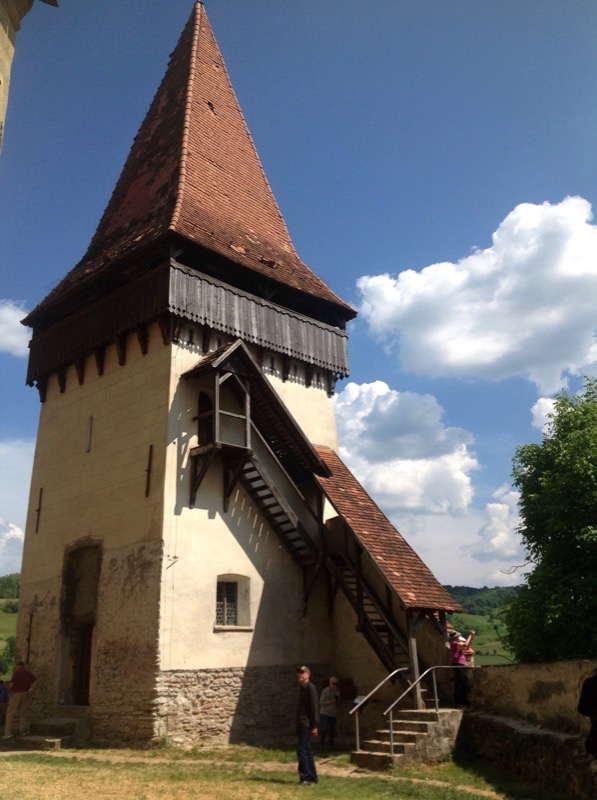
End of an Era
Beginning in 1978, the Transylvanian Saxons began emigrating to Germany, their families fractured by the competing claims of the Hungarian, Romanian, and Soviet armies before and after WWII; the difficult life under Ceausescu; and bleak economic prospects after the fall of communism. Today only a minority of them lives in the towns they created and breathed life into for 800 years.
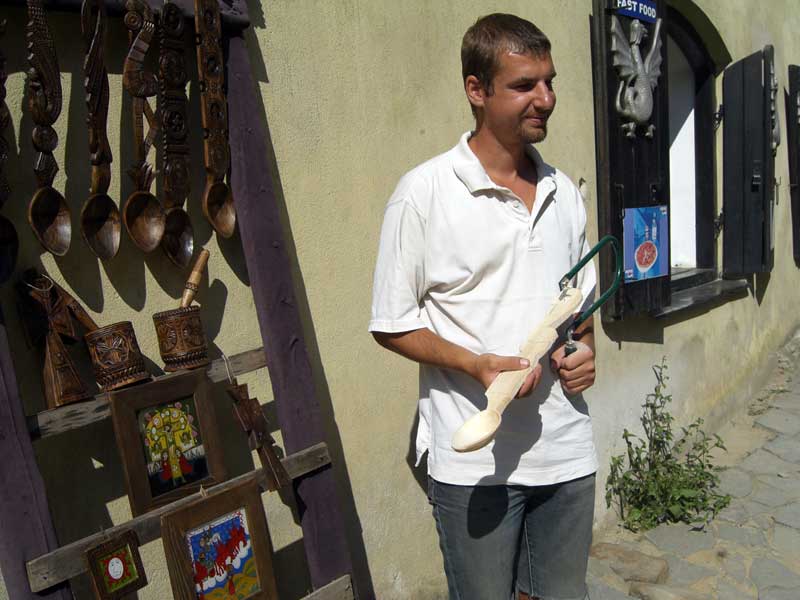
2. Clock Tower
The most famous, and most visible, of Sighisoara’s nine remaining defensive towers is the Clock Tower. Dating from the 14th century, the Clock Tower formerly controlled the main gate of the 2,500-foot defensive wall. Its seven-foot-thick walls protected stores of ammunition, food and the city’s treasures.
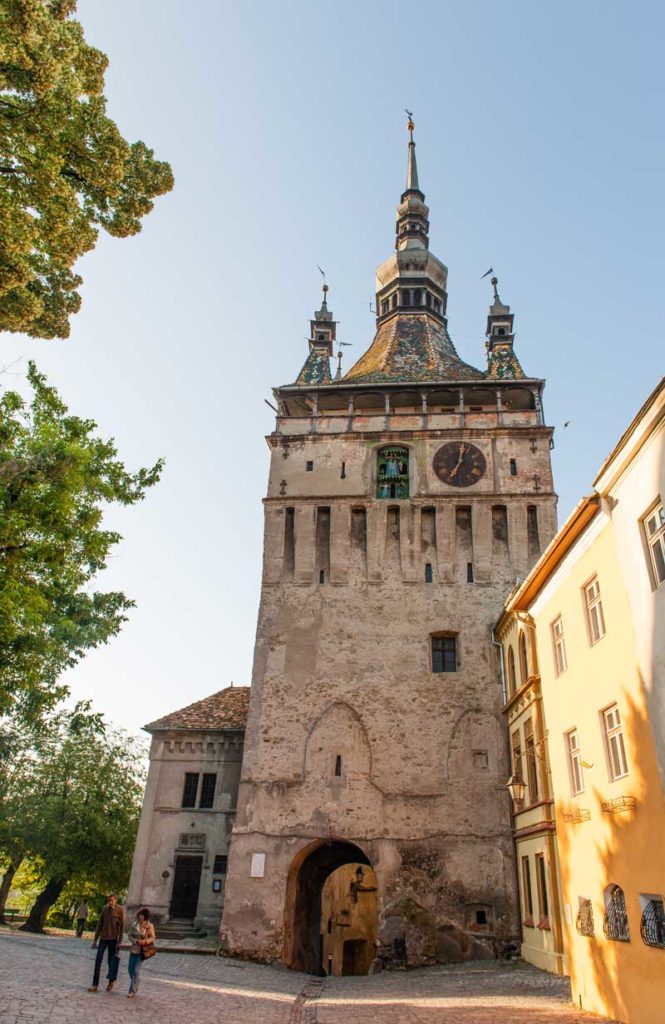
The clock was placed in the tower in 1648, and its Swiss mechanism was added in 1906. Seven different slow-moving figurines carved from linden wood replace each other at midnight all week, and at the top of the spire is a meteorological clock that forecasts the weather.
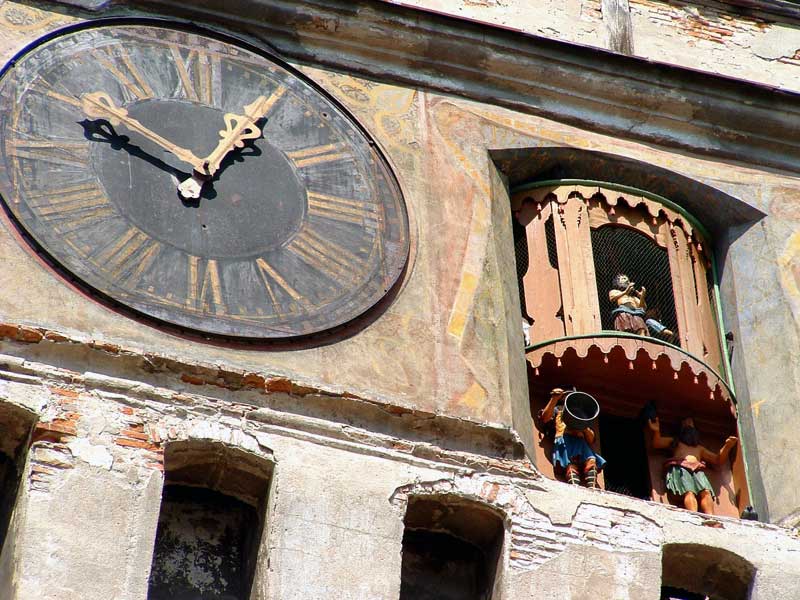
3. UNESCO-listed Citadel
The Historic Center of Sighisoara was added to UNESCO’s World Heritage List in 1999, citing it as “an outstanding example of a small fortified city in the border region between the Latin-oriented culture of central Europe and the Byzantine-Orthodox culture of south-eastern Europe.”
Sighisoara’s Old Town is a medieval hill citadel that has preserved much of its 15th century wall, enclosing nearly 200 stone houses and public buildings. It’s considered the most beautiful and complete medieval architectural ensemble in Romania. Its hilly cobbled streets, pastel medieval buildings, steep stairways, stone defensive towers and little squares make it a delightfully photogenic and fascinating place to stroll and people-watch.
(click image to view larger photo)
4. Dracula!
The Dracula legend has added to Sighisoara’s Transylvanian fame. Opposite the Clock Tower is the small earth-toned home of Vlad (the Dragon) Dracul, the father of Vlad (the Impaler) Tepes, who is better know as Dracula. Vlad Tepes was born here and has his own set of legends, having to do with his preferred method of dealing with enemies, but the name “Dracula” simply means “Son of Dracul.” It doesn’t help Vlad’s reputation any that in modern Romanian, dracul also means “devil.”
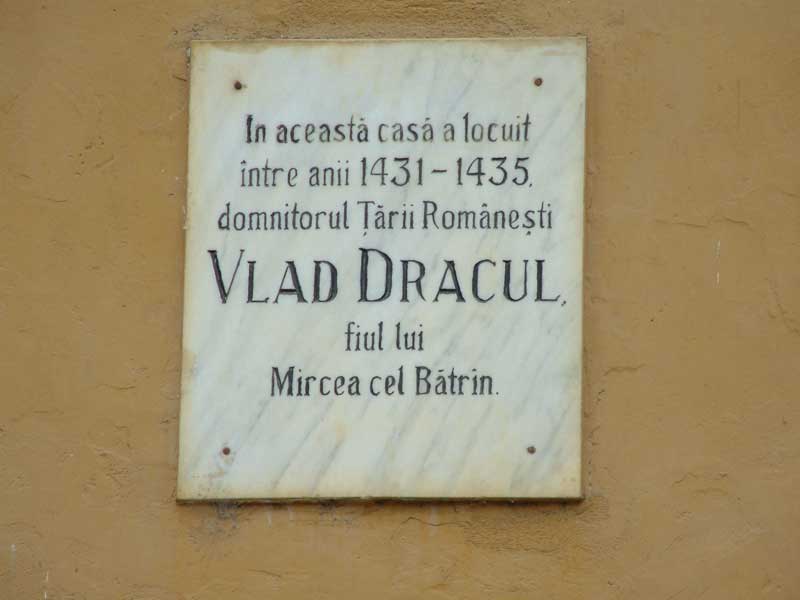
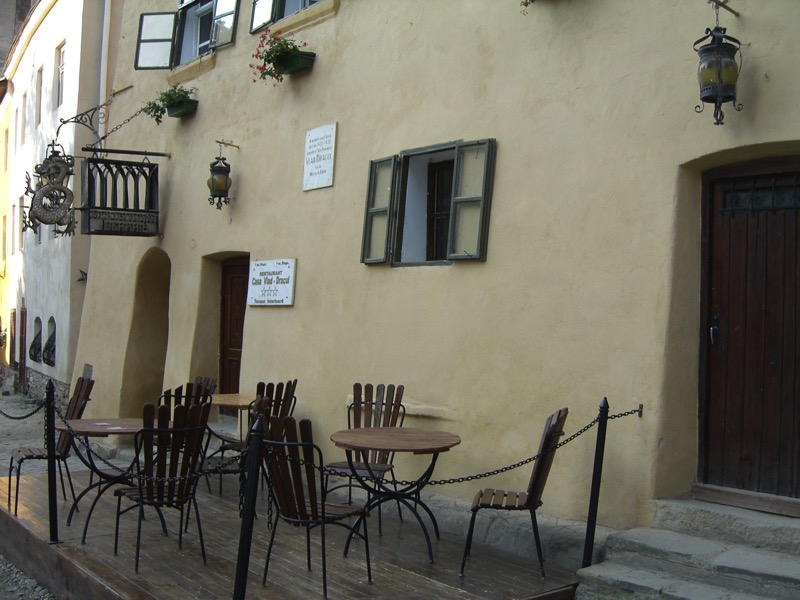
(If you’re interested in Dracula lore – and who isn’t – you may want to check out the vampire epicenter, Bran Castle in Brasov, just a couple of hours southeast of Sighisoara.)
5. Brandy Tasting
One of the Signature Experiences on MIR’s small group tour, Bulgaria & Romania: Frescoes & Fortresses, is a private brandy tasting at the home of a local family that has been involved with brandy-making for more than three centuries. Here you can sample the real Romanian plum brandy, tuica, or palinca, made in small batches by people who are proud of their family’s traditions.
(click image to view larger photo)
Travel to Transylvania with MIR
MIR has more than two decades of Romania travel experience offering on-the-ground support, quality you can trust, and guides and tour managers that clients rave about.
You can visit the UNESCO-listed citadel of Sighisoara on these MIR tours:
- Bulgaria & Romania: Frescoes & Fortresses – small group tour
- Castles of Transylvania by Private Train – rail journey by private train
- Essential Romania – travel on your choice of dates on this customizable private itinerary
MIR can create a custom, private tour that hits all the highlights of Transylvania, including Sighisoara; or a full tour of the region for travelers cruising the Danube who’d like to get out and take a look around.
